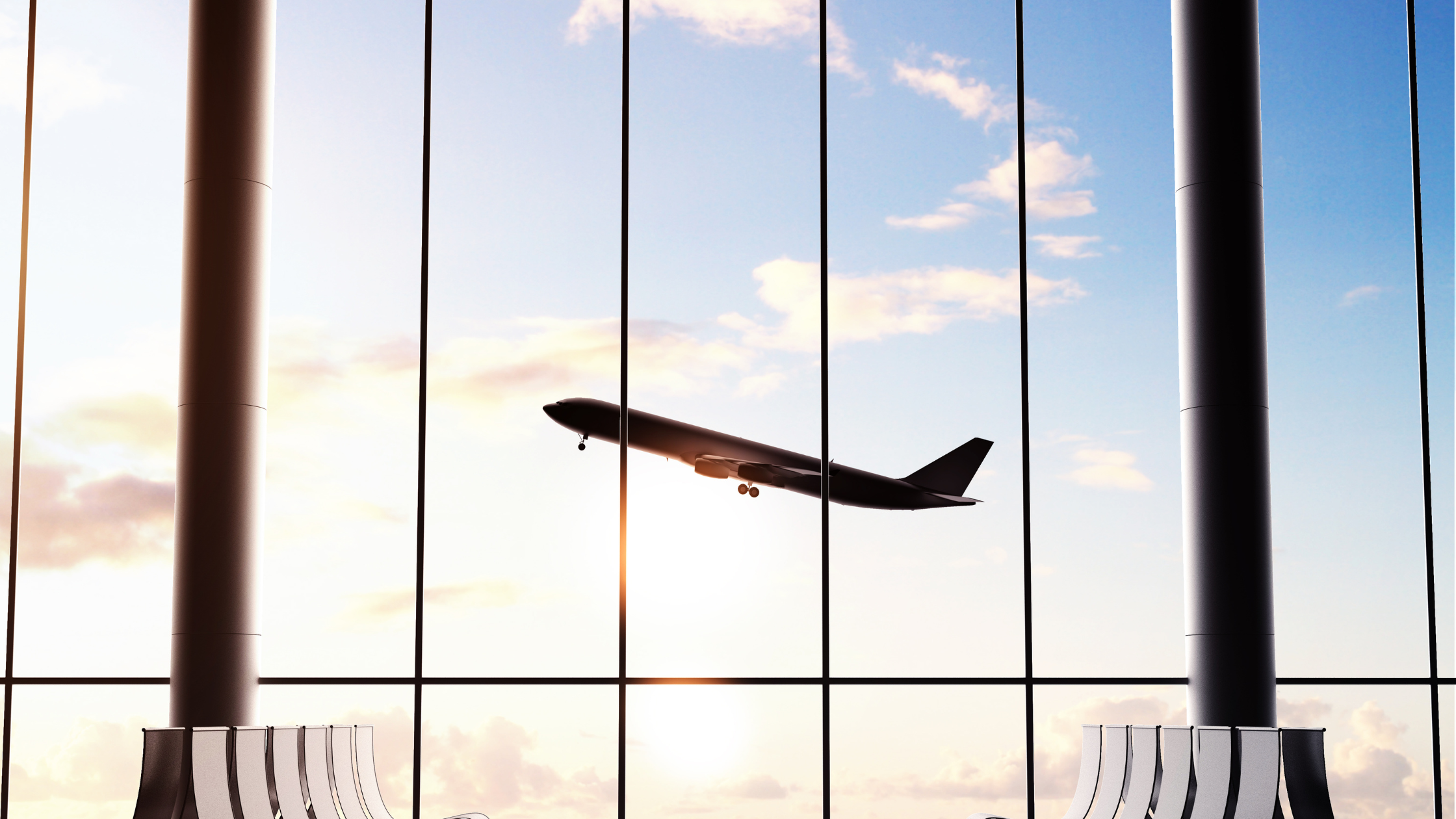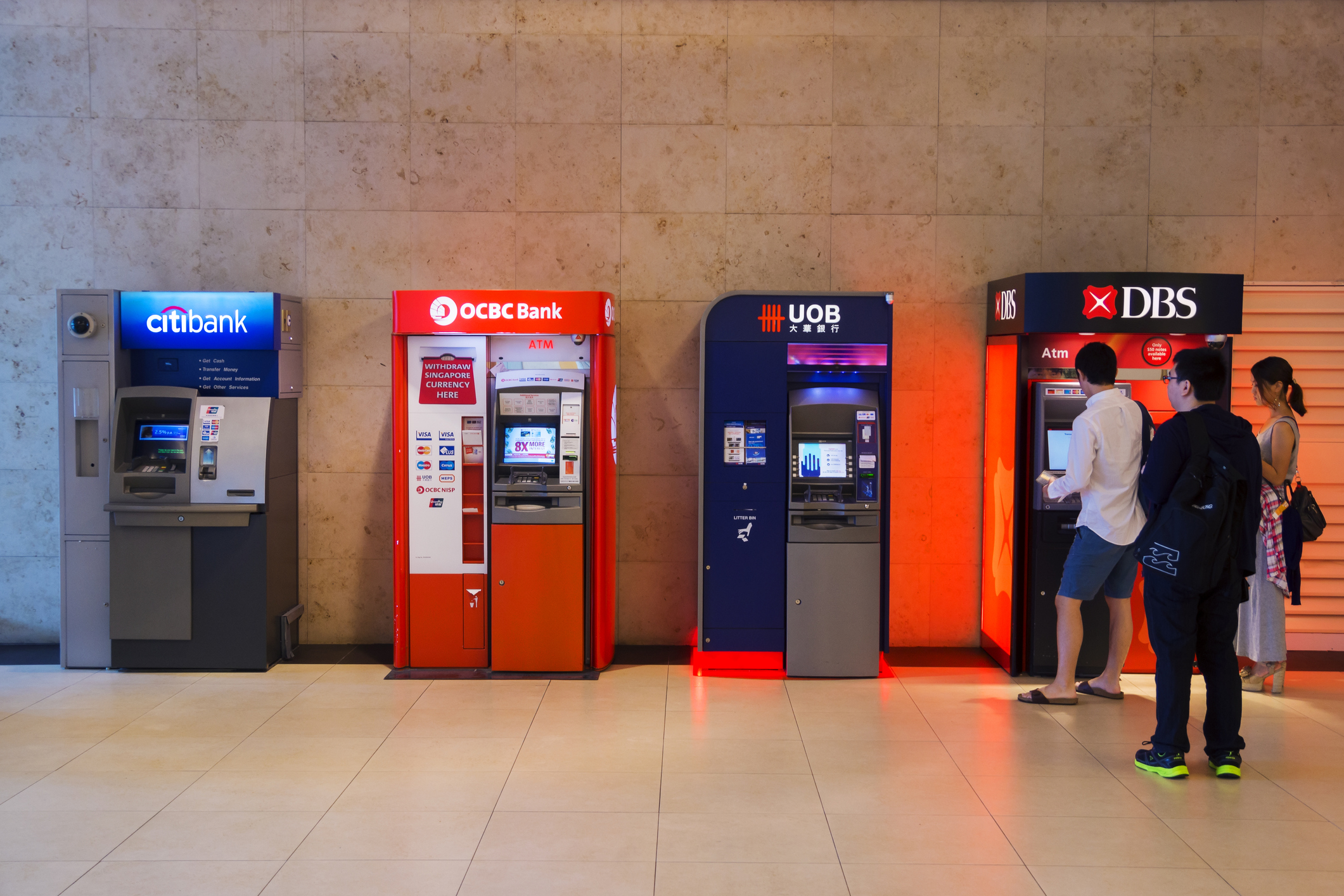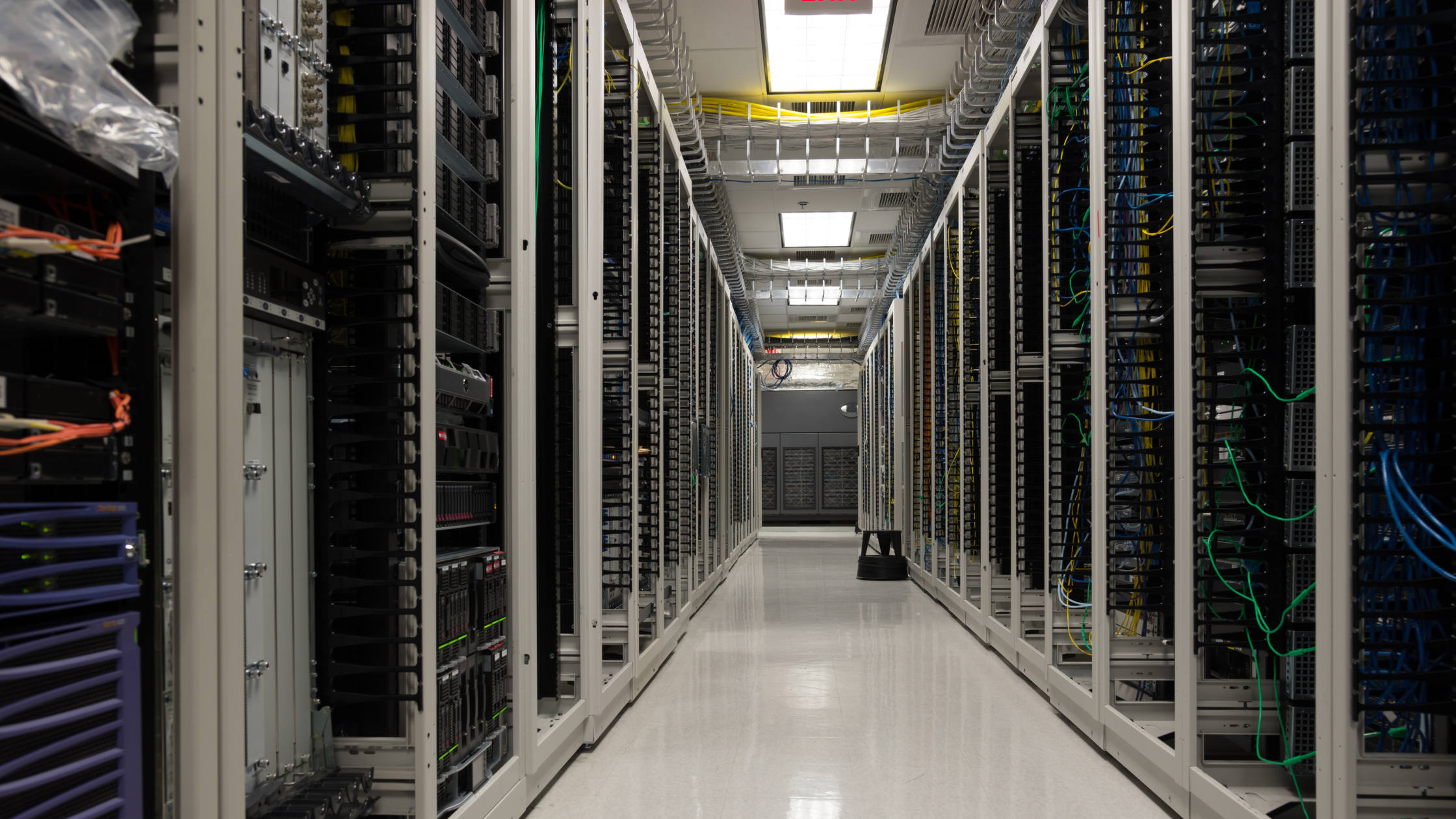For Singaporeans, the letters “SQ” will be immediately recognisable. However, for investors, the national airline hasn’t been a top choice since the pandemic shut down international borders.
Yet that picture is now changing. In fact, Singapore Airlines Ltd (SGX: C6L), or SIA, has returned to the black.
The company posted a net profit of S$370.4 million during its Q1 FY2023 as compared to a net loss of S$209.9 million in the same period a year ago.
Total revenue for the quarter tripled on a year-on-year (yoy) basis to S$3.9 billion.
The improvement in revenue was mainly due to strong travel demand as Singapore fully reopened its borders to fully vaccinated travellers since April 2022.
With the strong recovery seen in Q1 FY2023, is it the time for investors to accumulate SIA in your portfolio?
SIA’s overall capacity increases
SIA’s overall capacity increased to 66.7% of its pre-pandemic levels (passengers: 60.7%, cargo: 77.0%).

Source: SIA Group’s business update Q1 FY2023
Going forward, SIA management projected that the Group’s capacity to go up to 68% of pre-pandemic levels in Q2 FY2023 and around 76% by Q3 FY2023.
This is in line with the robust near-term passenger sales momentum as the Southeast Asia region continues to ease travel restrictions.
Continued recovery in air travel expected
SIA expects strong demand to continue for the rest of 2022.
This is in line with the pent-up travel demand but is also supported by the lags in competitors’ restoration capacity.
SIA has benefitted from the reopening of Singapore’s Changi Airport, which allows the airline to win a greater market share of traffic through it.
Singapore is seeing a strong inflow of foreign professionals, while the upcoming Formula 1 event will also boost tourist arrivals.
Positive outlook priced in
SIA’s share price has recovered by 7.6% year-to-date (ytd) to its current share price of S$5.37.
Most analysts remain optimistic on SIA’s outlook in the near term.
According to the Wall Street Journal, six analysts have a buy/overweight call on SIA while five maintain a neutral stance. Only two of the analysts have an underweight/sell call for SIA.

Source: WSJ, ProsperUs
Downside risks remain
While SIA’s earnings recovery is expected to continue, the growth momentum could be affected by more intense competition.
SIA has a head start but the ramping up of capacity by SIA’s competitors could eat into some of its market share.
Another downside risk to SIA is higher fuel prices. During Q1 FY2023 period, the Group’s fuel costs surged by 70.7%, or S$527.0 million, to S$1.3 billion.
Management said higher fuel hedging gains have helped to partially mitigate the impact of higher fuel prices on the Group’s profitability.

Source: SIA Group’s business update Q1 FY2023
Opportunity to buy the top global airline
Investors who are looking to benefit from the reopening theme should consider buying SIA, which has been ranked as the top global airline by Fortune.
SIA was also cited as the leading Asian firm in the magazine’s list of the 50 Most Admired Companies in the world.
However, the airline industry is vulnerable to higher fuel prices as well as the potential global recession.
These downside risks will continue to weigh on the Singapore airline even as pent-up demand in travel is expected.
Disclaimer: ProsperUs Investment Coach Billy Toh doesn’t own shares of any companies mentioned.












